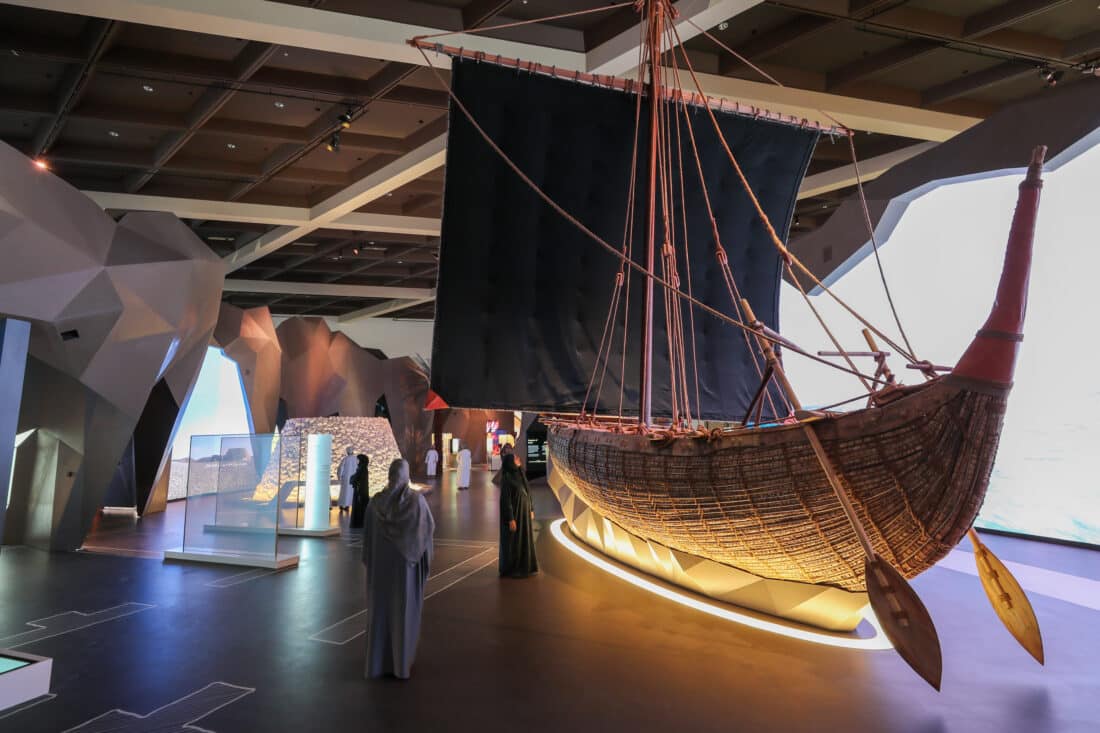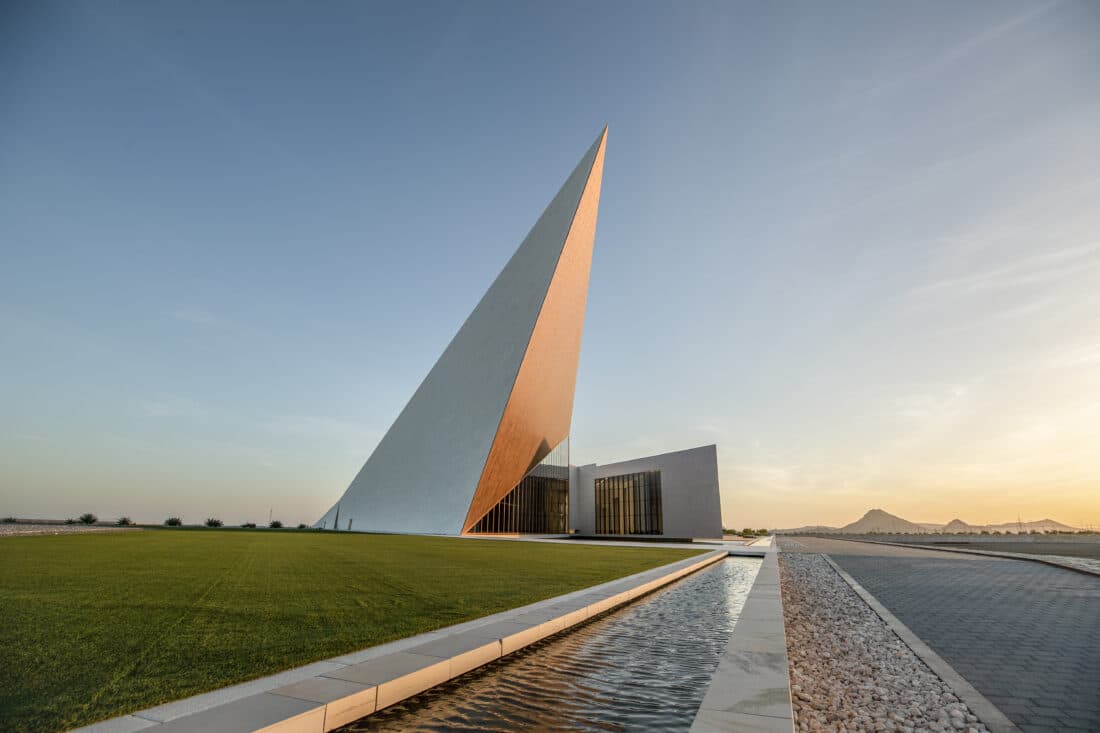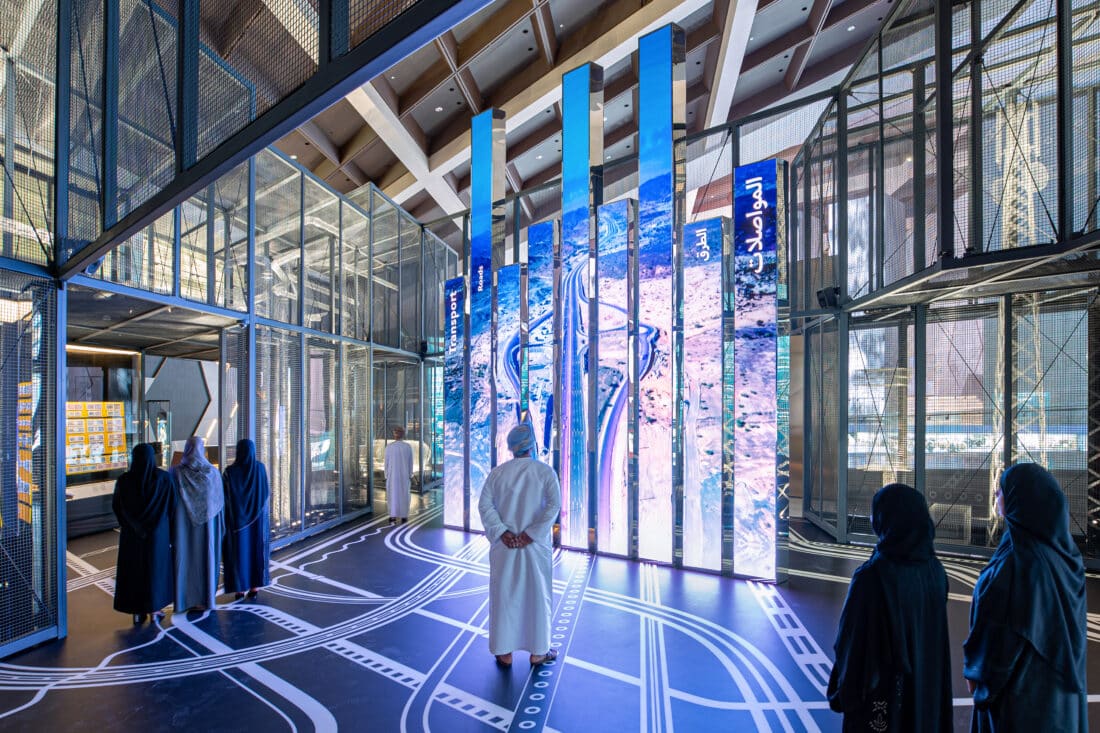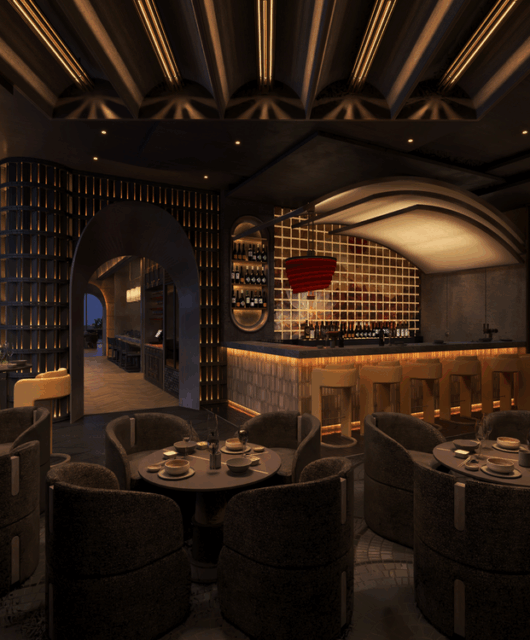
Event, the global experience and exhibition design agency, worked closely with the Royal Court of Affairs (RCA) to realise the vision of the late His Majesty Sultan Qaboos bin Said al Said (1940-2020) to create a hi-tech, interactive cultural venue that would speak to Omanis – especially the younger generations – about their country, culture and heritage, inspiring them to contribute to shaping the Sultanate’s future.
The scale and breadth of the Oman Across Ages Museum is unlike any other museum in the country – the permanent exhibition space alone is over 9,000m2 , with some galleries stretching more than 20m high. Event supported the process from start to finish, developing the initial museum concept and creating an architectural masterplan which provided a roadmap for the project. As the project’s exhibition designer, Event then worked hand-in-hand with appointed practice Cox Architects to ensure the architecture and exhibition design worked in harmony. With an on-the-ground presence in Oman, Event’s deep integration into Omani culture helped it to shape the content on display.
Upon entering the museum, visitors are invited on a vast, sweeping journey through time. Starting with the land’s geological formation and ending in modern day Oman, they fly through Page 1 of 3 different ages, dynasties and civilizations guided by the latest exhibition technology and storytelling techniques. The permanent exhibition wings are divided into two: The History Gallery and the Renaissance Gallery. The latter represents the country’s remarkable period of economic, technological, political and social modernisation beginning in the 1970s under His Majesty Sultan Qaboos bin Said al Said.

A moving floor and 360° theatre transports visitors through Oman’s economic landscape. Augmented reality has been used to overlay ancient peoples engaged in activities on the archaeological site plan and in front of the physically reconstructed huts in the prehistoric area. 3D scanning and printing has been used on an unprecedented scale to recreate a geological structure of folded rock. The museum emerges from the ground in a way that invokes the surrounding landscape, with the Hajar Mountains in the distance giving rise to the recurring triangular motif throughout the space. This can be seen in the History Gallery’s tessellated walls, which represent Omanis’ lasting connection to the land. In the section of the exhibition devoted to Islam, the tessellation transitions into a flowing ribbon structure, suggesting the impact of Islam as the ordering principle of Omani society.








